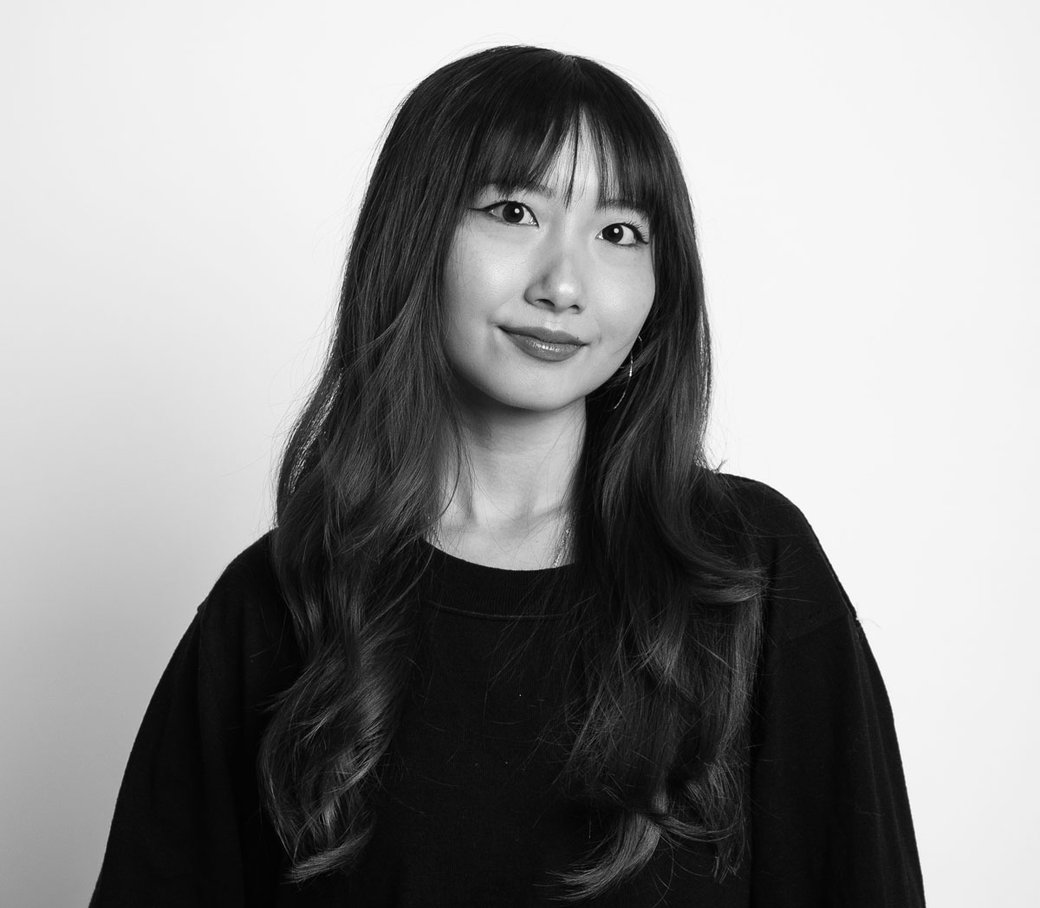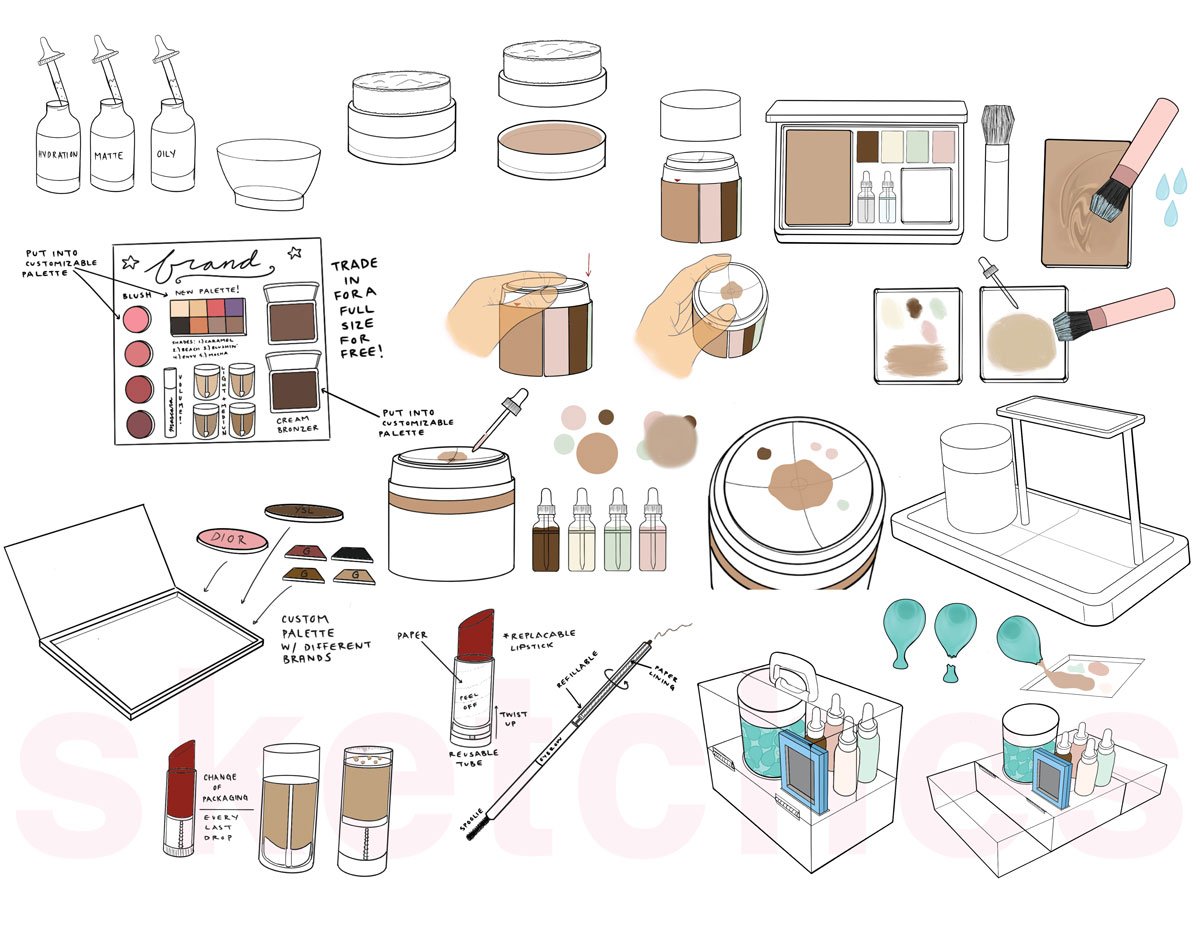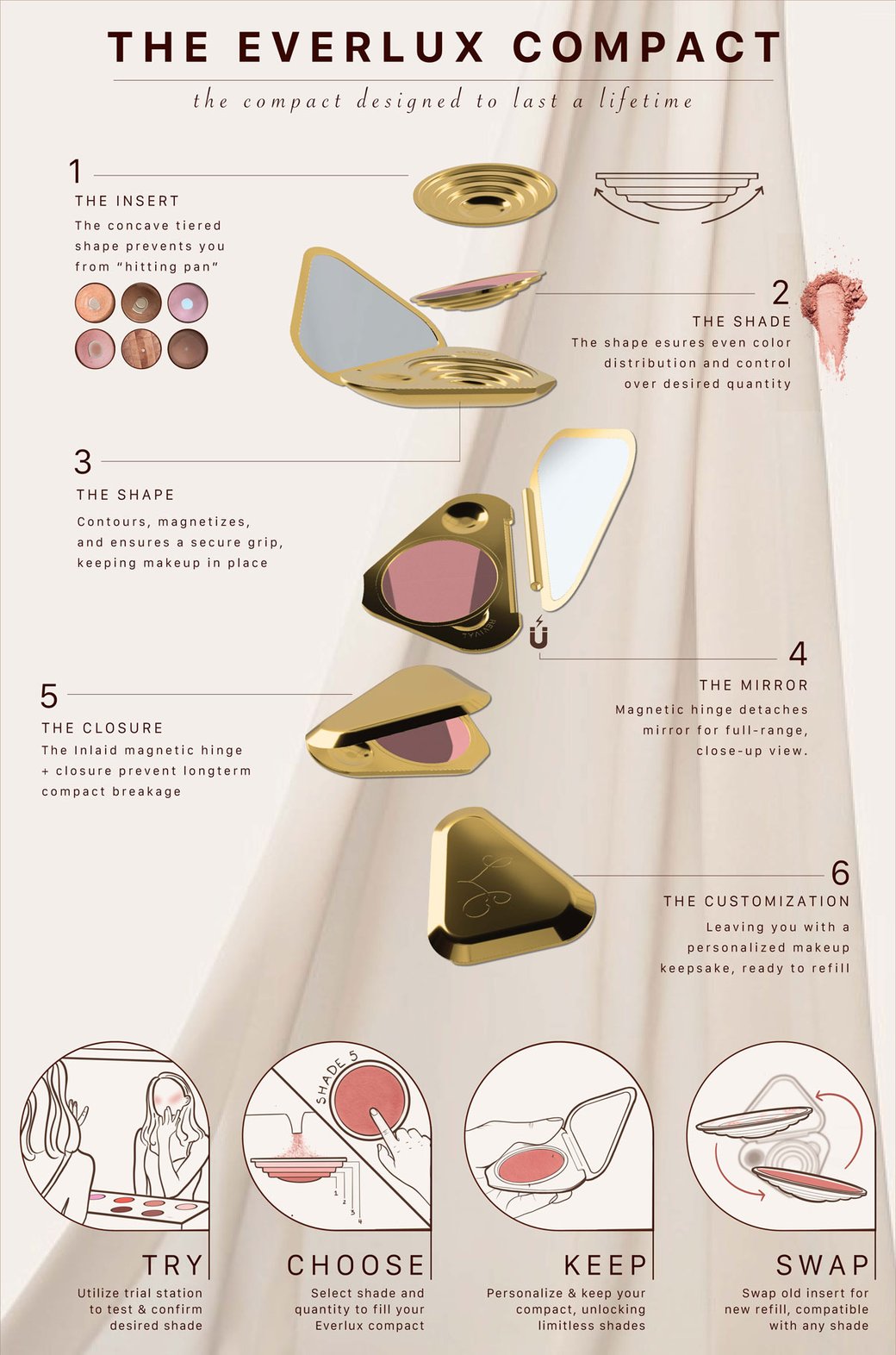
Five questions with Lily Chinn
Get to know CCA alum Lily Chinn, BFA Industrial Design 2024.

Lily Chinn. Courtesy of the designer.
Lily Chinn is an Asian American industrial designer whose upbringing on both coasts—from Fairfield, CT, to Los Angeles, CA—has profoundly shaped her approach to design. She is passionate about integrating systems thinking into design and envisioning a future where every stage of the process, from raw materials to product end of life, is considered for its environmental impact. By emphasizing eco-friendly materials, reducing waste, and promoting ethical practices, she aims to create systemic solutions that positively affect both people and the planet. Through her work, she aspires to empower individuals to make informed choices and experience the impact of sustainable design, particularly within the cosmetics industry.
Learn how Lily stays inspired to create the innovative sustainable and ethical designs within the cosmetics industry and beyond.
1. What is your current practice/business?
After graduating from California College of the Arts in spring 2024 with a BFA in Industrial Design, I chose to broaden my design expertise on an international level. I am now pursuing a master’s degree in Strategic Product Design at Delft University of Technology in the Netherlands. This program will enable me to refine my design skills and deepen my perspective, particularly in systems thinking and business strategy. I aim to leverage this education to apply design thinking in aligning products and services with sustainable business objectives. Ultimately, I aim to transform the cosmetics industry by implementing eco-friendly practices that prioritize both the consumer and the planet.
2. Why did you choose CCA?
Surprisingly, there are relatively few universities on the West Coast that specialize in industrial design. However, CCA stood out to me for its location in San Francisco, a main hub of innovation and design. During my first visit to the campus, I was thoroughly impressed and inspired by the open studios, the emphasis on interdisciplinary collaboration, and the access to every tool, device, or equipment I could ever need. The nurturing and creative atmosphere at CCA immediately convinced me that it was the perfect place to further my passion for design.

Lily Chinn's digital sketches of sustainable cosmetics design ideas. Courtesy of the designer.

Lily Chinn, Everlux Makeup Compact, 2024. Digital Renderings, 38 x 50 inches. Courtesy of the designer.
3. If you could share one piece of advice with current or future students, what would it be?
Always embrace and explore your passions! The professors at CCA can help you identify your personal goals and guide you toward achieving them. Even if your interests extend beyond your major, I strongly encourage you to take advantage of all the cross-disciplinary opportunities. Some of my most rewarding experiences came from electives outside my major such as ceramics, architecture, and furniture design. Each class will inspire you and introduce new concepts and skills that broaden your perspective and enhance your practice.
4. What's your secret to staying inspired and creative?
The opportunity to drive meaningful change inspires me. While it may sound cliché, design has always served as a creative outlet for me to produce something tangible and craft impactful experiences. I have always loved hands-on creation, which evolved into a focus on purposeful and functional design, ultimately leading to the development of holistic product experiences. Design exists in every aspect of our lives; everything we touch, see, and experience has been designed, for better or worse. If you encounter something frustrating, consider how it could have been improved through a better design. I am committed to effecting positive change through my design work by addressing challenges faced by individuals and the broader world.
“The nurturing and creative atmosphere at CCA immediately convinced me that it was the perfect place to further my passion for design.”
BFA Industrial Design 2024
5. What do you have coming up?
After graduating, I had the amazing opportunity through CCA to participate in the WANTED Schools Workshop, hosted by the Honda team at the International Contemporary Furniture Fair in New York. This workshop challenged us to redefine mobility and involved collaboration with six schools from around the world. It was an invaluable experience that exposed me to diverse design perspectives and methodologies from various cultures. I wanted to focus on addressing global environmental challenges for this challenge. So we explored the concept of animal-like migration as a model for future mobility, ultimately developing a design narrative that considers all forms of life. I am now continuing this expansion of perspectives directed toward innovative solutions through my studies and interactions with peers and professors at TU Delft.
